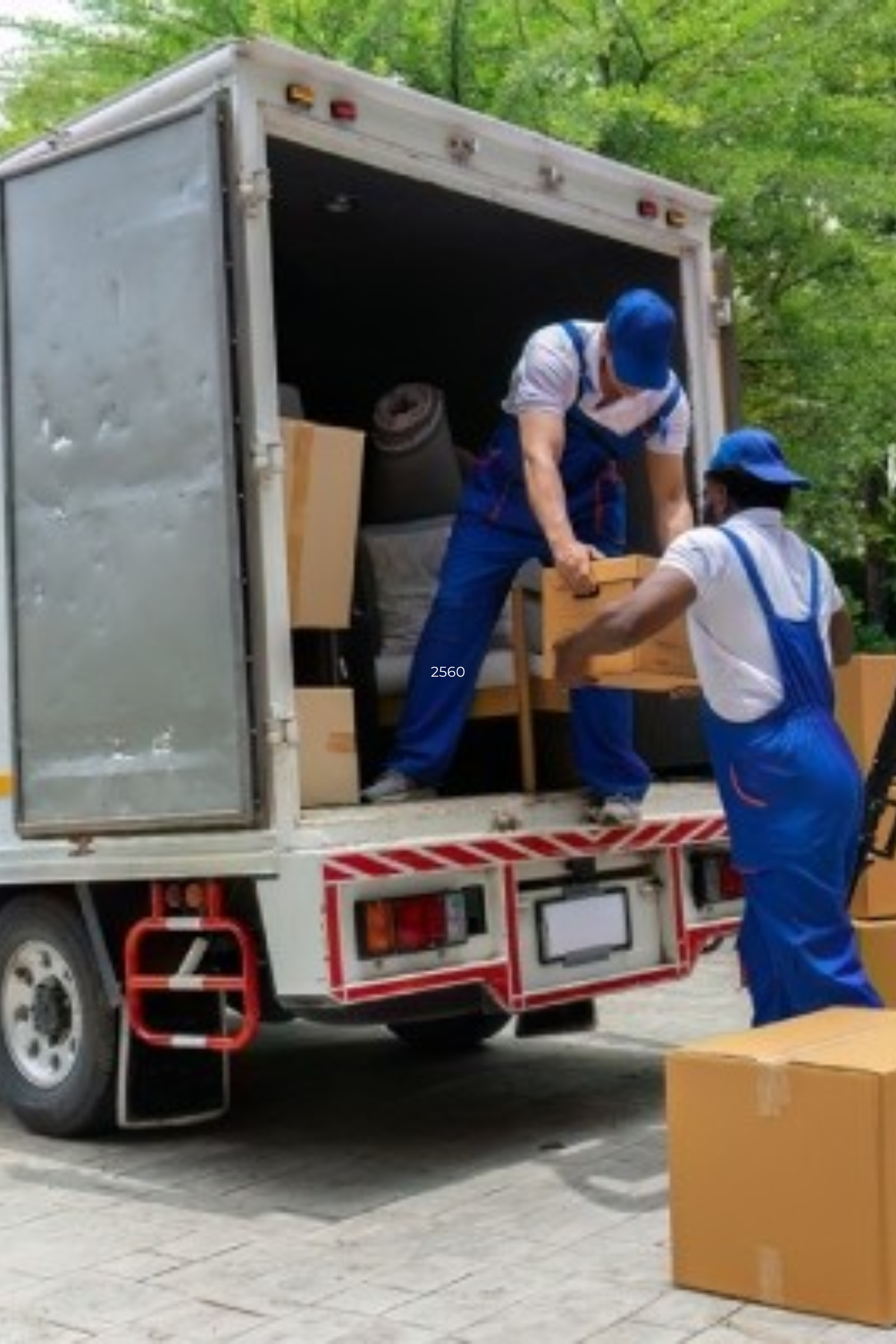This digital vacuum regulator controls vacuum within a range of +- 2 mm Hg. The controller opens and closes a valve that connects the vacuum source to the reaction. The digital pressure controller features pressure entry and display. There is no mercury. It is 100% solid-state, and all stainless steel wetted parts resist organic solvents and acids. For smaller scale distillations (250mL), the optional stainless steel needle valve will be required. This valve regulates the rate of evacuation and allows for finer vacuum control.
Vacuum Regulator Usage
A vacuum regulator’s primary purpose is precisely to control the vacuum system pressure. They can also maintain the same pressure level over time. The digital vacuum regulator is sensitive to changes in the atmosphere and maintains the system’s vacuum pressure constant despite these changing conditions. A digital vacuum regulator controls and stabilizes through the usage of in and out valves that allow it to maintain the pressure of the vacuum. Vacuum regulators can be found in more places than you might imagine and are used for many purposes, including:
- Stabilizing system pressure
- Controlling vacuum pumps
- Simulating altitude
- Optimizing industrial liquid flow
- Airflow control
How Does A Pressure Regulator Work
There are three essential parts to the digital vacuum regulator. The pressure transducer measures the pressure within the equipment being controlled. The pressure readings from the transducer are compared with the set pressure. The process controller will open the control valve to allow the vacuum pump to reduce the equipment’s pressure higher than the set pressure. The process controller closes the control valve when the equipment pressure is equal to the setpoint, preventing the vacuum pump’s ability to lower the pressure further.
It is easy to operate the vacuum pump. The controller opens the control valve that connects the equipment to vacuum pumps when the pressure is higher than the set point. A vacuum regulator works with the input and output valves that work to control the pressure with regulators. If the pressure is higher then the digital vacuum regulator controls the pressure to its best position and also the valves open and allow the airflow to come out. The vacuum regulator controls the constant pressure which keeps flowing and evacuates by using a vacuum regulator. So, the atmospheric air keeps entering at constant pressure. When the vacuum pump is below the set level, the controller closes the distributor vacuum control valve and disconnects the vacuum pump from the equipment.
Factors Affecting Vacuum Regulation Accuracy
The rate at which the digital vacuum regulator expels the equipment attached to it is an essential factor affecting stability. A needle valve can be used to limit the evacuation rate in some cases manually. A needle valve is necessary because digital vacuum controllers are so powerful that they can evacuate equipment much faster than the controller can respond. The controller only needs to respond to pressure changes for 1/10th of a second. A needle valve can limit the evacuation rate, especially for small equipment. Pressures in small equipment may drop more quickly than you would like. Because the equipment is small, regulating the evacuation rate is more accessible. For example, a 50 ml flask can be evacuated quicker than a rotary heater.
What Are The Benefits Of Vacuum Regulators?
Vacuum regulators offer many benefits. Digital vacuum regulator is more effective than single-valve seat operators at managing pressure in systems. Because they reduce gas flow through the system, they are also helpful when multiple processes use the same vacuum source. The vacuum control system works as the general controlling system as an accelerator. Vacuum regulators can provide precise control, which can help to reduce energy consumption.


